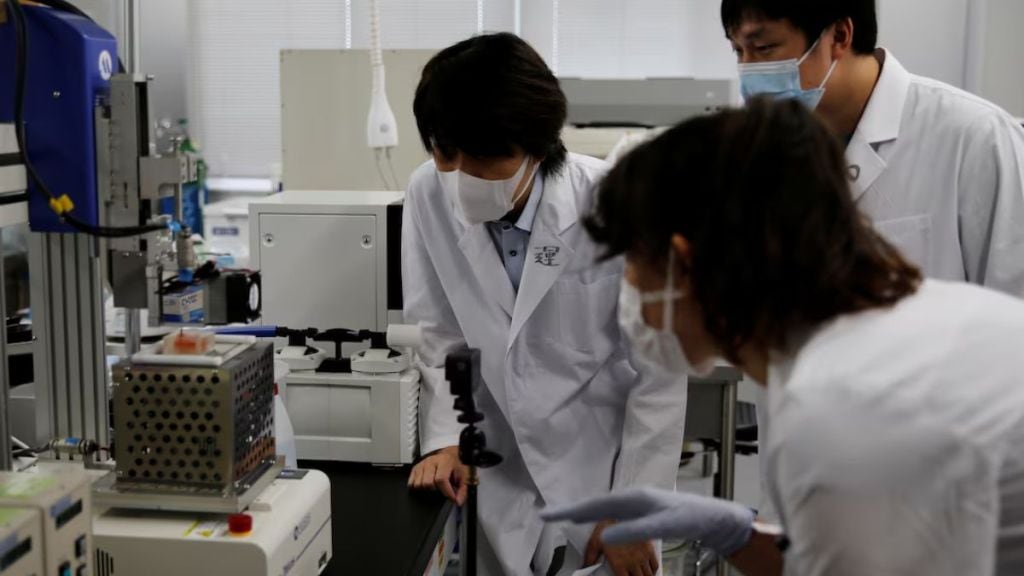Chinese researchers have identified a newly discovered bat coronavirus that uses the same cell-surface protein, ACE2, to enter human cells as SARS-CoV-2, the virus responsible for COVID-19. While the finding raises concerns about potential transmission to humans, scientists emphasise that the virus currently poses a lower threat, according to a Reuters report.
Published in the journal Cell, the study highlights that the bat virus, named HKU5-CoV-2, shares a key feature with SARS-CoV-2 — the furin cleavage site — which aids in cell entry via the ACE2 receptor. However, researchers noted that HKU5-CoV-2 does not infect human cells as efficiently as SARS-CoV-2.
Lab experiments showed that the virus could infect human cells with high ACE2 levels, including models of human intestines and airways. The team also identified monoclonal antibodies and antiviral drugs that showed effectiveness against the bat virus in these tests.
The study, first reported by Bloomberg, had an immediate impact on financial markets, with shares of COVID-19 vaccine makers reacting to the news. Pfizer’s stock rose 1.5%, Moderna jumped 5.3%, and Novavax gained about 1%, despite an overall market downturn.
Addressing concerns about the possibility of another pandemic, Dr. Michael Osterholm, an infectious disease expert at the University of Minnesota, called the fears “overblown.” He pointed out that widespread immunity to SARS-related viruses in the population today reduces the risk compared to the pre-pandemic period in 2019.
The study also emphasised that HKU5-CoV-2 has significantly lower binding affinity to the human ACE2 receptor than SARS-CoV-2 and lacks several adaptations necessary for efficient human transmission. Researchers concluded that while the virus warrants monitoring, the “risk of emergence in human populations should not be exaggerated.”


